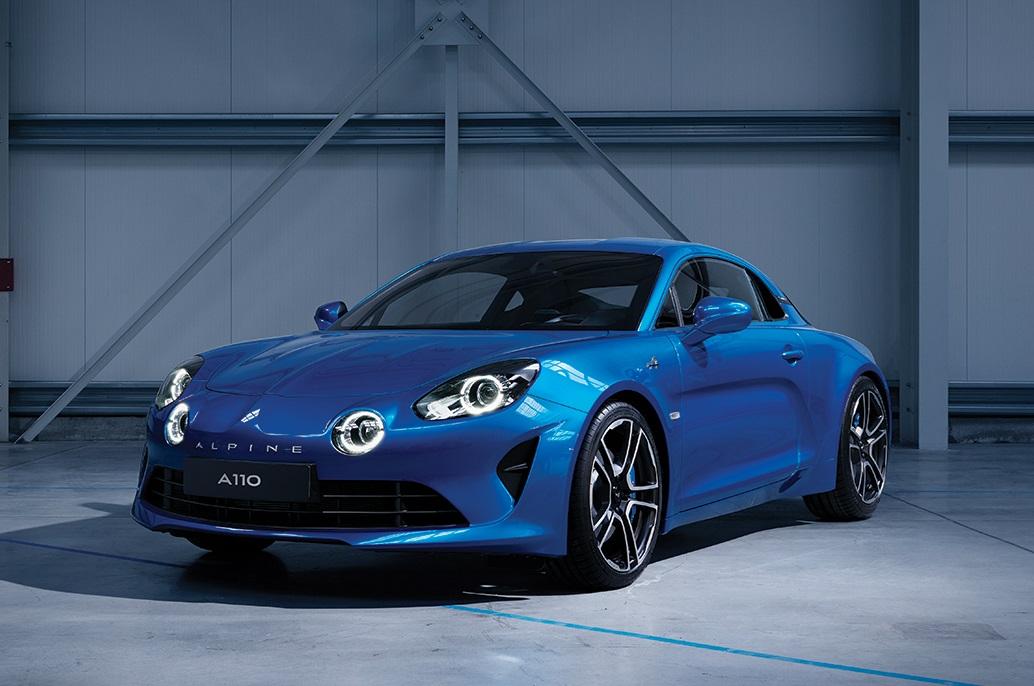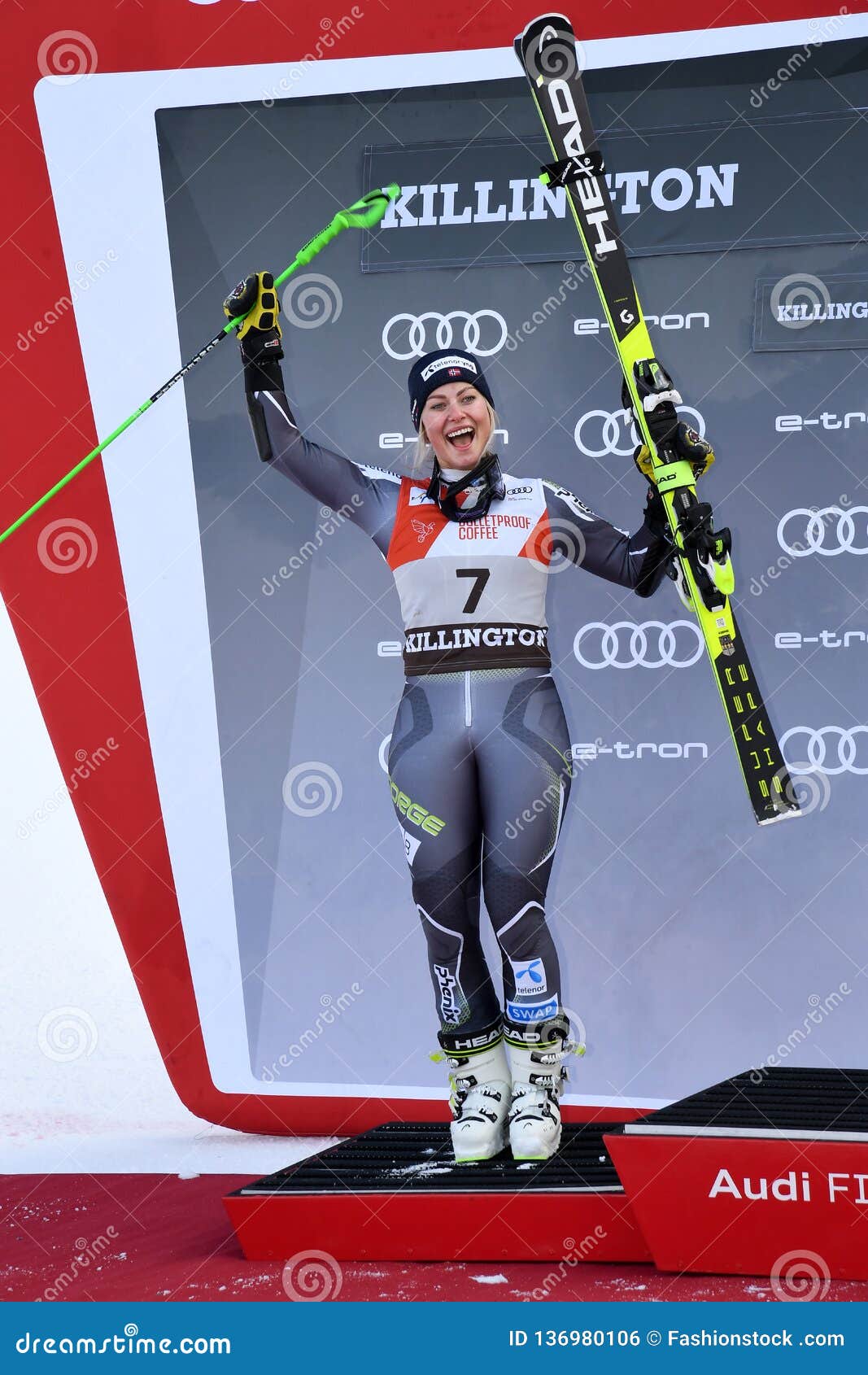

But it doesn't stop there – the bespoke Sabelt racing seats weigh just 13kg each, the rear brake calipers incorporate an electronic parking brake actuator (a world first to reduce costs), and even the stereo gets lightweight speakers to pare those all-important kilos.

The A110 is made almost exclusively from aluminium, with body panels made from the stuff bonded to a stiff and light understructure. In short, it's lighter than all of its rivals, and is blessed with an impressive power-to weight ratio. The first 1,955 A110s were built in Premiere specification, which adds some equipment, but subsequent production versions will be even lighter, at 1,081kg. The first and most notable stat to quote is that this Alpine A110 weighs just 1,103kg. These are tough rivals – but the Alpine is designed to be lighter, more agile and focused than all. In terms of where the Alpine A110 slots into the market, consider that it costs between £46,000-£56,000, and has a 0-62mph time of 4.5 seconds (4.4 for the A110S), the French company is rather ambtiously taking aim at the Porsche 718 Cayman, Alfa Romeo 4C, Toyota GR Supra and Audi TT-RS. It's been designed and developed with an obsessive attention to detail for weight saving, and styled to evoke memories of the company's most iconic 1960s car. The Alpine A110 is an all-new bespoke sports car that's based on a brand-new all-aluminium architecture, and powered by a 252hp mid-mounted four-cylinder turbocharged engine driving the rear wheels.
Alpine s audi skin#
So what makes Renault think that – more than 20 years on – it can re-introduce this iconic marque and expect it to sell? Before we get into how the French company has actually aced it, let's explain what's under the skin of this lithe and pretty little car. The last time you could buy an Alpine was 1995 – and in the UK, it wasn't even called that, being named after its parent company instead.


 0 kommentar(er)
0 kommentar(er)
